Expansion of Product Offerings
The expansion of product offerings within the Women Intimate Care Wipes Market is a notable driver of growth. As competition intensifies, brands are diversifying their product lines to cater to various consumer preferences and needs. This includes the introduction of wipes with specific formulations, such as those designed for sensitive skin or infused with soothing ingredients. Market analysis indicates that consumers are increasingly looking for specialized products that address their unique concerns. This trend suggests that companies that innovate and expand their offerings may not only enhance their market presence but also meet the diverse demands of a growing consumer base, thereby driving overall market growth.
Shift Towards Convenience Products
The increasing demand for convenience products is a notable driver in the Women Intimate Care Wipes Market. As lifestyles become busier, women are seeking products that offer ease of use without compromising on quality. Intimate care wipes provide a practical solution for on-the-go hygiene, appealing to a demographic that values efficiency. Market data indicates that sales of convenience-oriented personal care products have surged, reflecting a broader consumer trend towards products that simplify daily routines. This shift suggests that brands focusing on convenience may capture a larger share of the market, as they align with the needs of modern consumers who prioritize both functionality and effectiveness.
Rising Demand for Eco-Friendly Products
The increasing consumer preference for eco-friendly products is emerging as a critical driver in the Women Intimate Care Wipes Market. As environmental concerns gain prominence, many women are actively seeking products that are sustainable and biodegradable. This trend is reflected in market data, which shows a growing segment of consumers willing to pay a premium for environmentally responsible options. Manufacturers are responding by developing wipes that utilize natural ingredients and sustainable packaging, thereby appealing to eco-conscious consumers. This shift towards sustainability not only enhances brand loyalty but also positions companies favorably in a competitive market, as they align with the values of a conscientious consumer base.
Increasing Awareness of Personal Hygiene
The growing awareness surrounding personal hygiene among women appears to be a significant driver for the Women Intimate Care Wipes Market. As consumers become more informed about the importance of maintaining intimate health, the demand for specialized products, such as intimate care wipes, is likely to rise. Reports indicate that a considerable percentage of women prioritize hygiene products that cater specifically to their needs. This trend suggests that manufacturers may need to innovate and expand their product lines to meet the evolving preferences of consumers. Furthermore, educational campaigns and health initiatives are likely to contribute to this heightened awareness, thereby fostering a more robust market for intimate care solutions.
Influence of Social Media and Online Marketing
The role of social media and online marketing strategies is increasingly shaping the Women Intimate Care Wipes Market. Brands are leveraging digital platforms to engage with consumers, educate them about product benefits, and build community around intimate care. This engagement appears to be effective, as data suggests that a significant portion of consumers discover new products through social media channels. The ability to reach targeted demographics through tailored marketing campaigns enhances brand visibility and drives sales. Furthermore, the interactive nature of social media allows for real-time feedback and consumer interaction, fostering a sense of trust and loyalty that is essential in the intimate care sector.


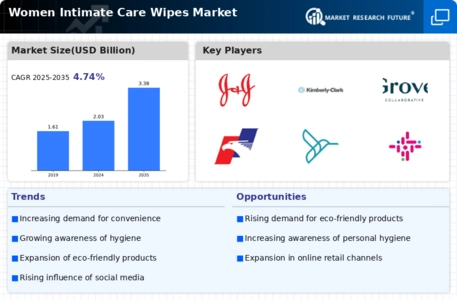
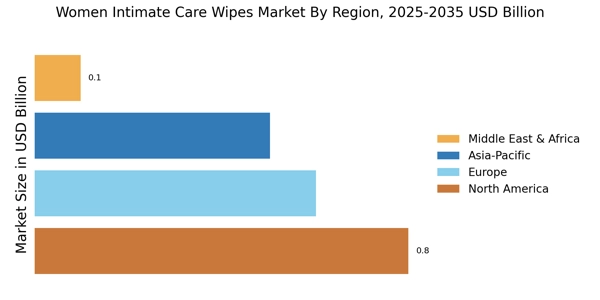
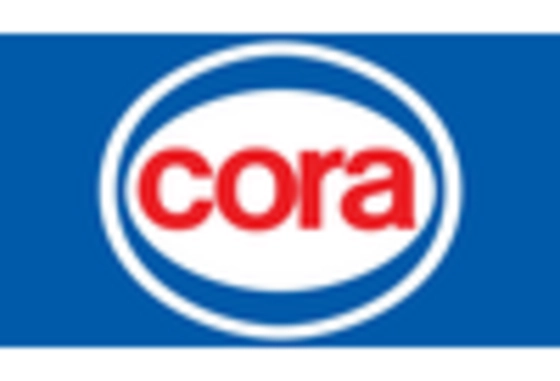
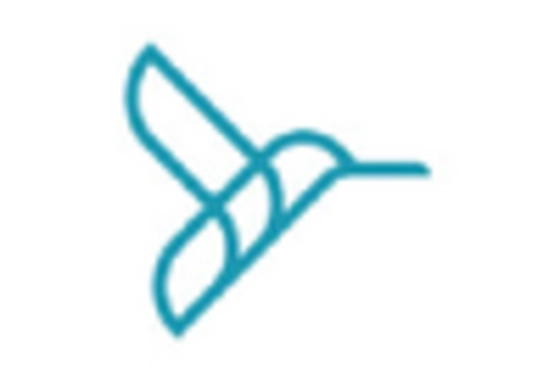
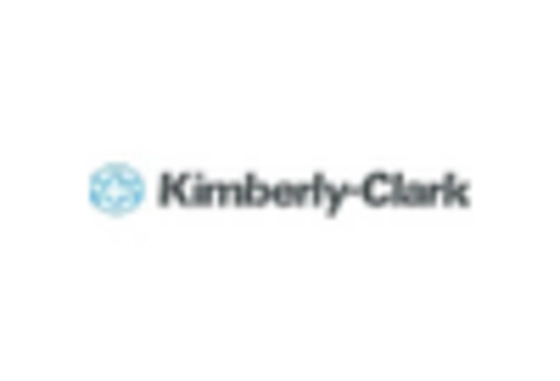

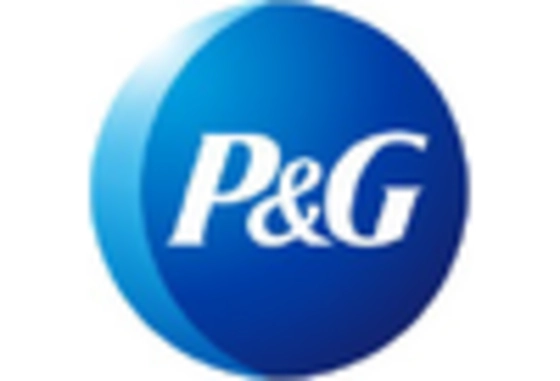









Leave a Comment